While I was in Singapore, I bumped into KEF’s David Chan at The Adelphi – the mall to visit for all things HiFi.
I was planning to do a comparison between the KEF LS50 Wireless and the new LSX in the upcoming weeks. Fortunately, David was able to help me out with a direct comparison right in the store! It’s nice to not have to deal with speaker cables, amplifiers, and DACs. Just plug – and play.
KEF LS50 Wireless
- 230 Watts
- 1″ Vented Aluminum Dome Tweeter
- Class A/B
- 30 watts
- 5.25″ Magnesium/Aluminum Alloy Woofer
- Class D
- 200 watts
- 1″ Vented Aluminum Dome Tweeter
- Digital Connections
- TOSLINK Optical
- 3.5mm Auxiliary Input
- RJ45 Ethernet
- Bluetooth 4.0 with aptX
- Dual-band Wi-Fi
- USB Type B
- RCA analog line level
KEF LSX
- 200 Watts
- 0.75″ aluminum dome tweeter
- Class D
- 4.5″ Magnesium/Aluminum Alloy Cone Woofer
- Class D
- 0.75″ aluminum dome tweeter
- Digital Connections
- TOSLINK Optical
- 3.5mm Auxiliary Input
- RJ45 Ethernet
- Bluetooth 4.2 with aptX
- Dual-band Wi-Fi
Design
Having seen all the colors of the KEF LSX in person, I would just buy one based on the vibrant woven fabrics and footprint alone. They’re beautiful, attractive, and compact. The black and white (fabric-less) versions are the only LSXs with a two-tone rear (port and cabinet) – which is nice. My preference is for the black with red tweeter/accents although there’s something alluring about the olive green.
In short, the overall design is going to attract both audiophiles and casual listeners alike. Hopefully, we’ll be able to take a closer look at the LSX and give it a formal review in the near future.
Sound
Please bear in mind, these impressions are only based off a listening to a few familiar recordings.
We were playing Sia’s Helium via Spotify through both the KEF LS50 Wireless and LSX. The tonal, resolution, and dynamic differences were very apparent in-store. The one thing they have in common is an undeniable cohesion and precision in timing out the musical notes. Definitely KEF’s Uni-Q drivers at work.
The KEF LSX had a relatively less atmospheric, warmer, and denser sound while the LS50W offered up more extension, bass flex, air, and resolution. I personally preferred the tone and “meaty” nature of the LSX, especially on vocals, but do miss the clarity and transparency the LS50W provides. The LSX also exhibited a larger soundstage than you’d expect from a speaker of this size.
The LS50W is technically more “HiFi” between the two but I found the LSX to be incredibly fun and musical. It has a rich and lush tone that just makes it appealing – and thoroughly enjoyable.
Video Comparison – KEF LSX vs. KEF LS50W
Huge thanks go out to David Chan for also showing me around the Adelphi and introducing me to some of the amicable guys in the industry. I even purchased this great sounding album from New Disc Village (Thanks, Ernest!).
The video was recorded directly with a Sony A6500. I actually stood in the same position but zoomed in for one of the recordings. Given that YouTube compresses uploads, surprisingly, I was able to hear some of the essential differences between the two speakers right from my cheapy PC speakers (more difficult on a laptop). Although the LS50W did have a much cooler tone in person – I think the differences in resolution, outlines, quietness, and clarity is pretty obvious from this video. The variations in tonal density are also audible.
I’ll test out a few microphones to do more comparisons like these. If you have any recommendations, please let me know. Until then, let me know if you’re able to pick up the differences on your setup!
Watch in 4K!

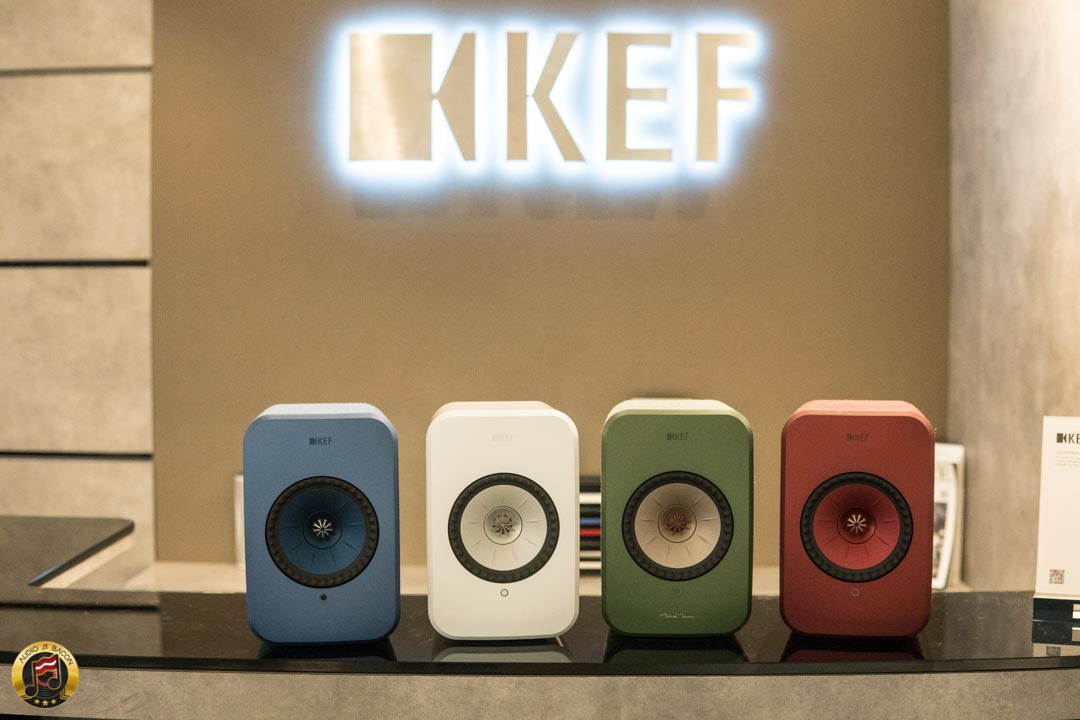
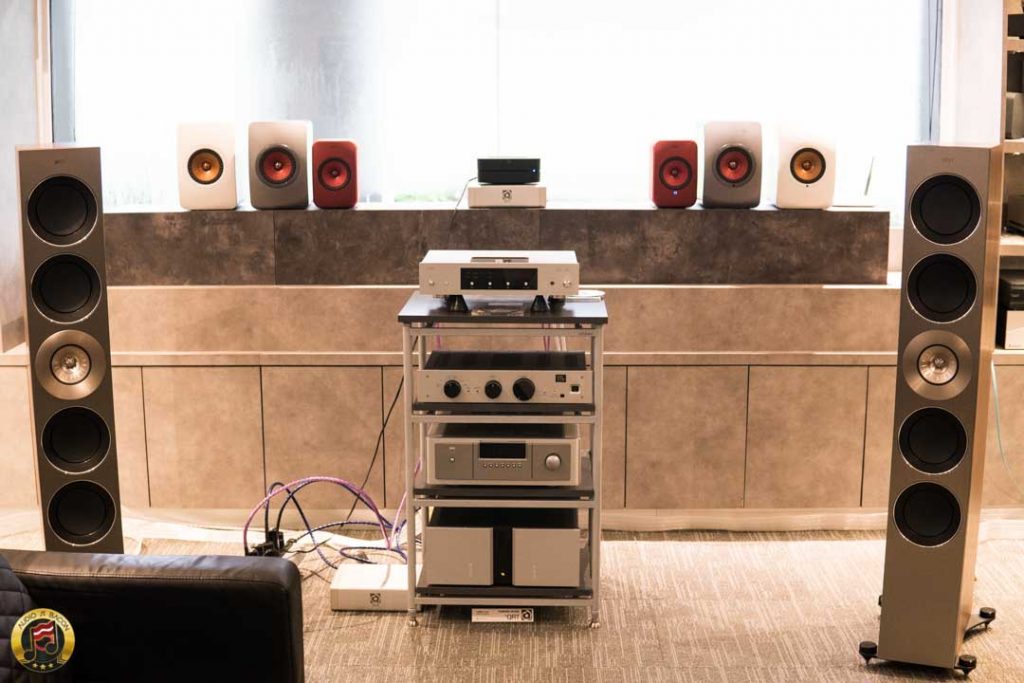

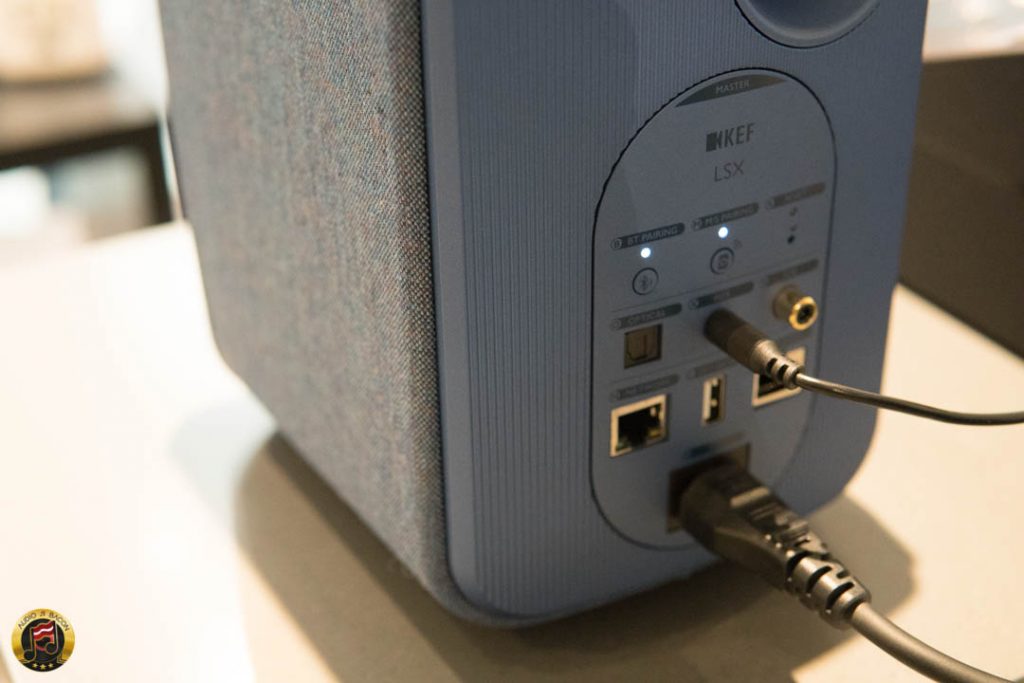
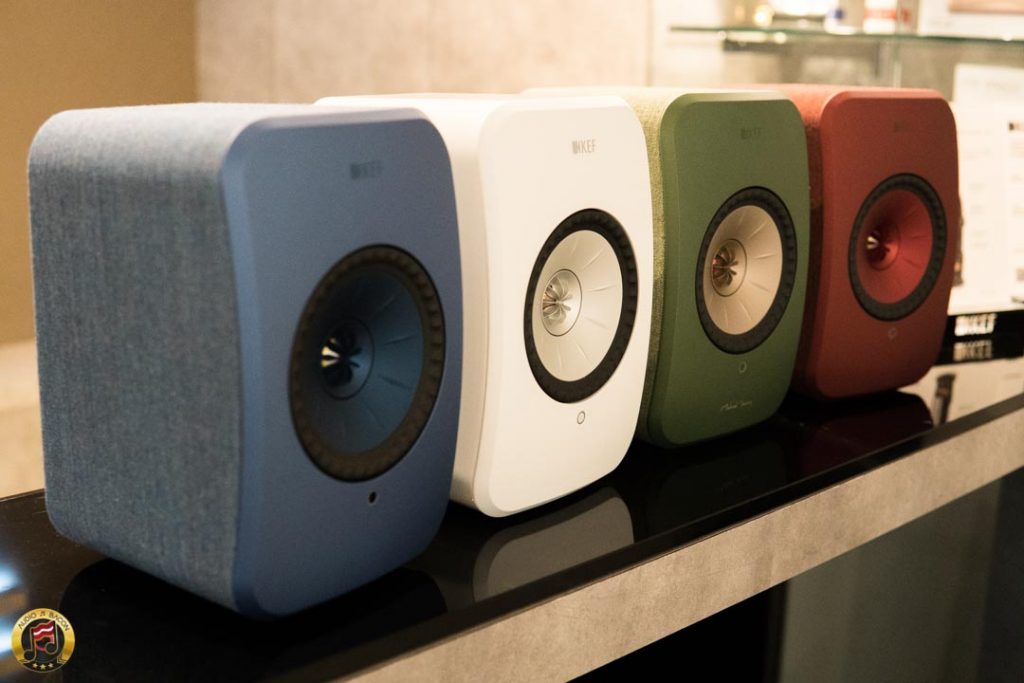
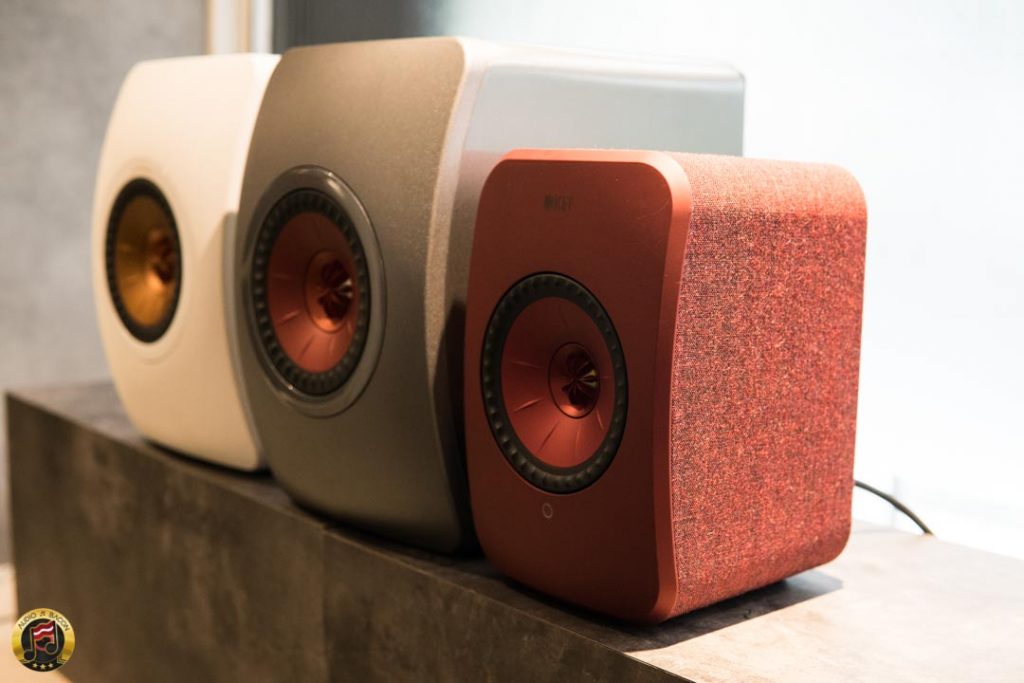
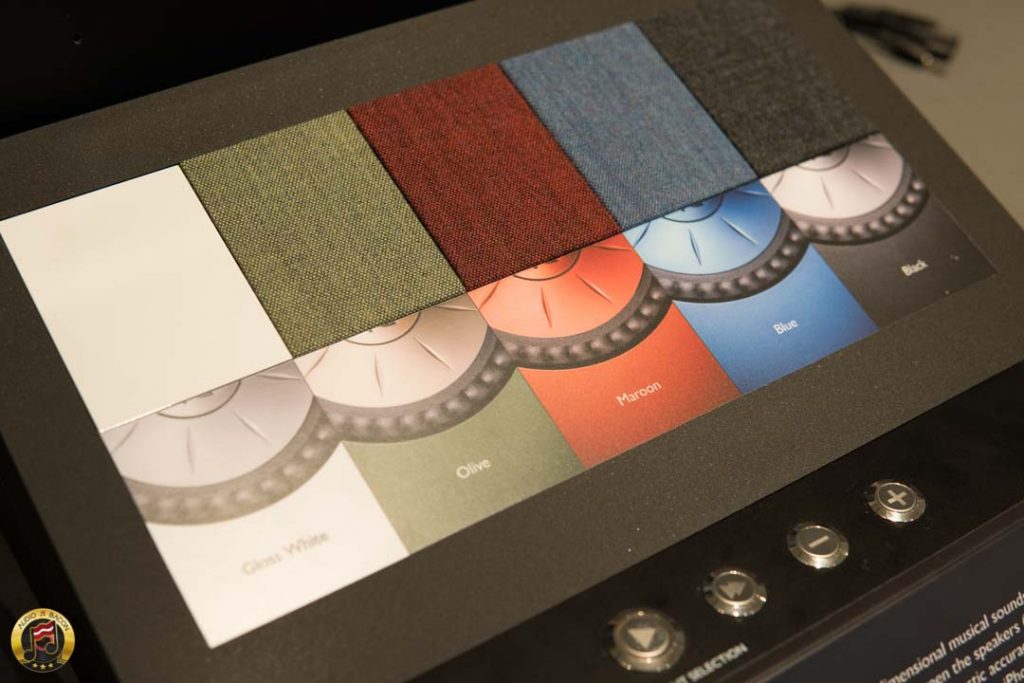
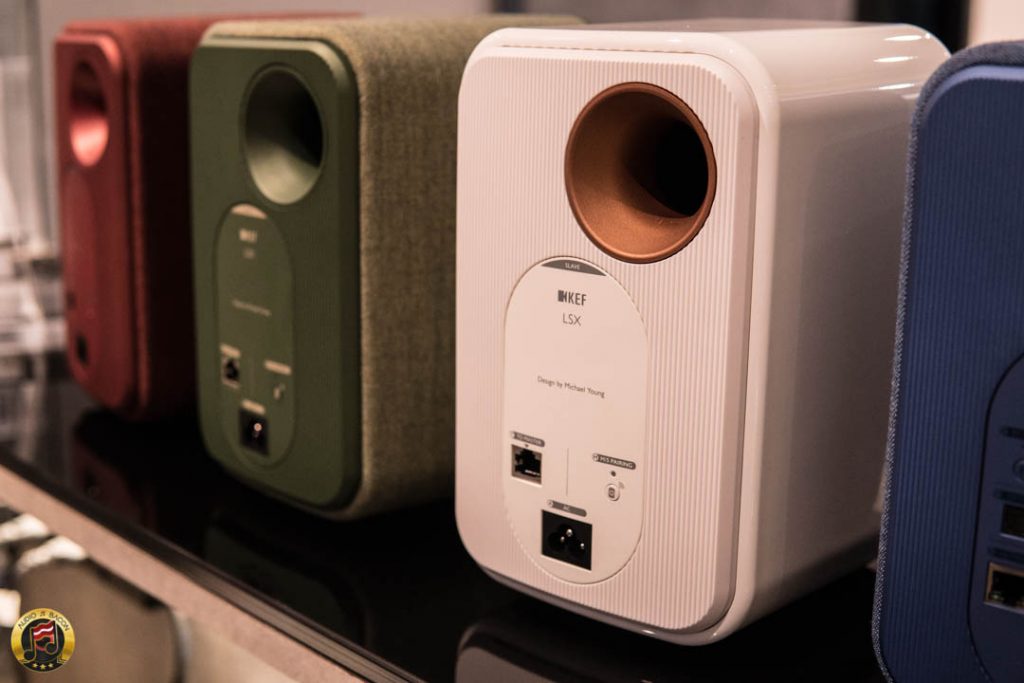
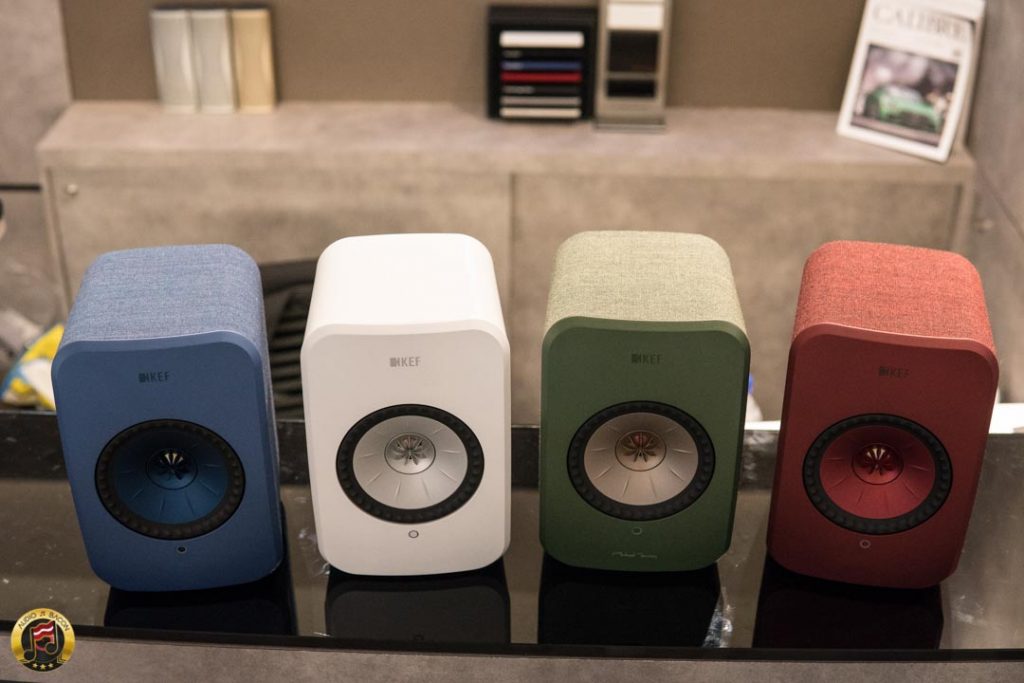




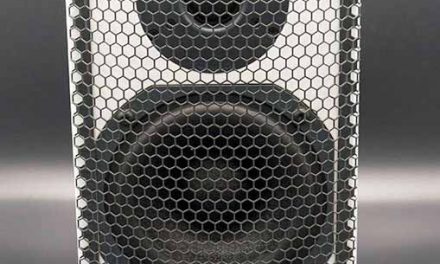
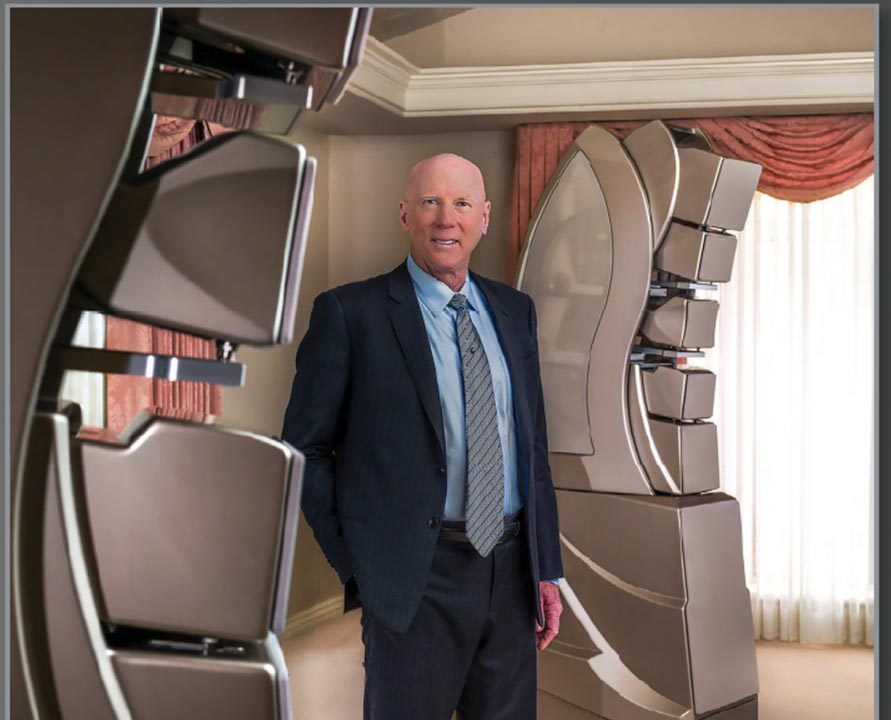
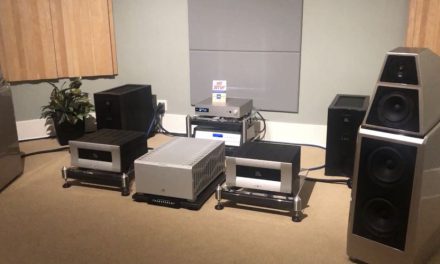
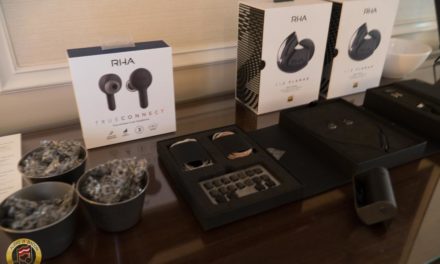

When I firstly did the comparison I very much preferred the tidier, more natural musical presentation of B speaker and was quite surprised discovering that it was the LSX!
These little beauties deserve a serious audition.
Greetings from Italy, Betto
Tonally, the LSX did indeed sound more natural and musical – while the LS50W was more on the technical and resolving end of things.
Hello there, thank you for your work! I bought the LS50W wireless and the stupid thing has a lot of connectivity problems. Is the Wireless II better? I don’t like that I bought $2500 speakers and can’t connect them to Tidal.
I own the ls50 wireless 2. They work great with Tital and they sound awesome!
i liked “b” better – much more meatier and full and direct – the “a” sounds distant and a mishmosh
LSX is definitely fuller and meatier. Out of curiosity, which speakers were you using to listen to the YouTube video?
B was better, I am considering these two speakers against each other and found this, thanx!
Audioengine A2+
Jay,
I wonder if LSX is able to connect with the amplifier?
B was more sharper . Had more depth than A .
A few quick notes:
1. LSX are closer together which will give the LS50W a more ‘spacious’ sound if you are recording in stereo which presumably you are. When I test speakers, I try to space them all equally apart. So I set the speakers in this configuration AB……AB instead of AB…..BA. Just a thought.
2. Small drivers that have to produce bass frequencies get muddier. When bass is off loaded, small drivers can become significantly more resolved and clean. I wonder if the LSX had a sub that took every 100hz and below, if the LSX will then have the resolution of the LS50W- and maybe even outdo the LS50W without a sub. This is all speculation but worth testing out eventually by somebody.
Thanks.
Would be great to be able to set them up in a smaller listening room with treated walls and test them there. Also have to make sure SPL is the same. And try different connections. I’ve found RCA gives the best clarity for the LS50W.
If I walked into a room hearing ‘A’ I’d wonder if maybe the music was live. On the other hand on hearing ‘B’ I’d assume the music was emanating from a speaker. ‘A’ has an airier sound about it, ‘B’ sounds more direct and focused.
Hi. Would this speakers work as well if I have to place them horizontally? Thanks
@Lash – no the sound waves will get turned and you will need to tilt your head to listen properly
I heard both of them at another store with a non-audiophile friend (who surprisingly has pretty discerning ears). The difference was immediate and significant the moment we switched from LSX to LS50W. LS50W is just so much better in every way. Anyone going in trying to buy the LSX will come out with LS50W, or go home and save up for it. Even my non-audio friend & his wife noted the difference immediately.
He now curses me for introducing him to this thing called audio.
P.S. you were in SG? Wait, that was 2018. Anyway hit me up if you’re ever in SG again.
You’re very lucky to have the Adelphi 🙂 I would be there everyday. Yeah we just stopped by for a bit before heading to Bali lol.
I’ve had both in my living room, although not in the A-B solution where I could switch. I had the LS50W first as the main speakers but my wife was very unhappy by the size and looks (to put it mildly). The soundstage, cleanliness and resolution of the LS50W is extremely good, even when playing from Apple Music and Spotify Premium sources. After 1,5 week I changed to the LSX and later included a KEF Kube 8B sub. Athough it sounds very good, it is not the same quality that the LS50W provides, especially the imaging has a lot less detail. When playing live music recordings, the LS50W’s often gave the impression that you were really there and the soundstage is very realistic and open. The LSX doesn’t get into that detailed imaging. I still long for the LS50W’s and I’m really intereseted to know what the LS50II’s would sound like, as these seem to be even much better than the previous generation. One thing KEF may add: a traditional box-like enclosure to put over the speakers with black speaker cloth as a front so my wife doesn’t have the feeling that 2 eyes are staring at her 😉 …
GREAT informations,
I only hope than KEF is not made in china.
That, following the wuhan virus which rotted the planet for two years, and in extenso the made in china, an easy solution which destabilizes fair competition ET, serious, mediocre quality that ages badly.
KEF will shoot itself in the foot by relocating several series to China
Best regard
Long time later 🙂 Heard the LSX II and the LS50 wireless II side by side today. Long story short: the LS50 are MUCH better speakers. Unless you want to use the speakers next to your PC screen in a nearfield setup (then the LSX’es are fine), if you want music in your room, instead of sound coming out of two boxes, go with the LS50. Note: i went into the store firmly convinced i wanted the LSX 🙂